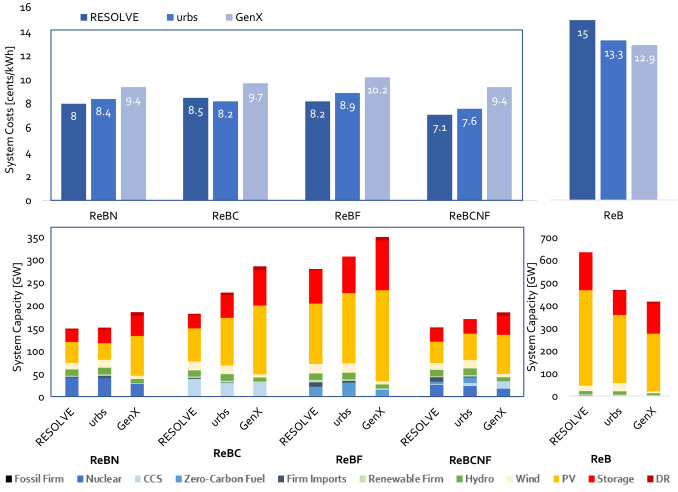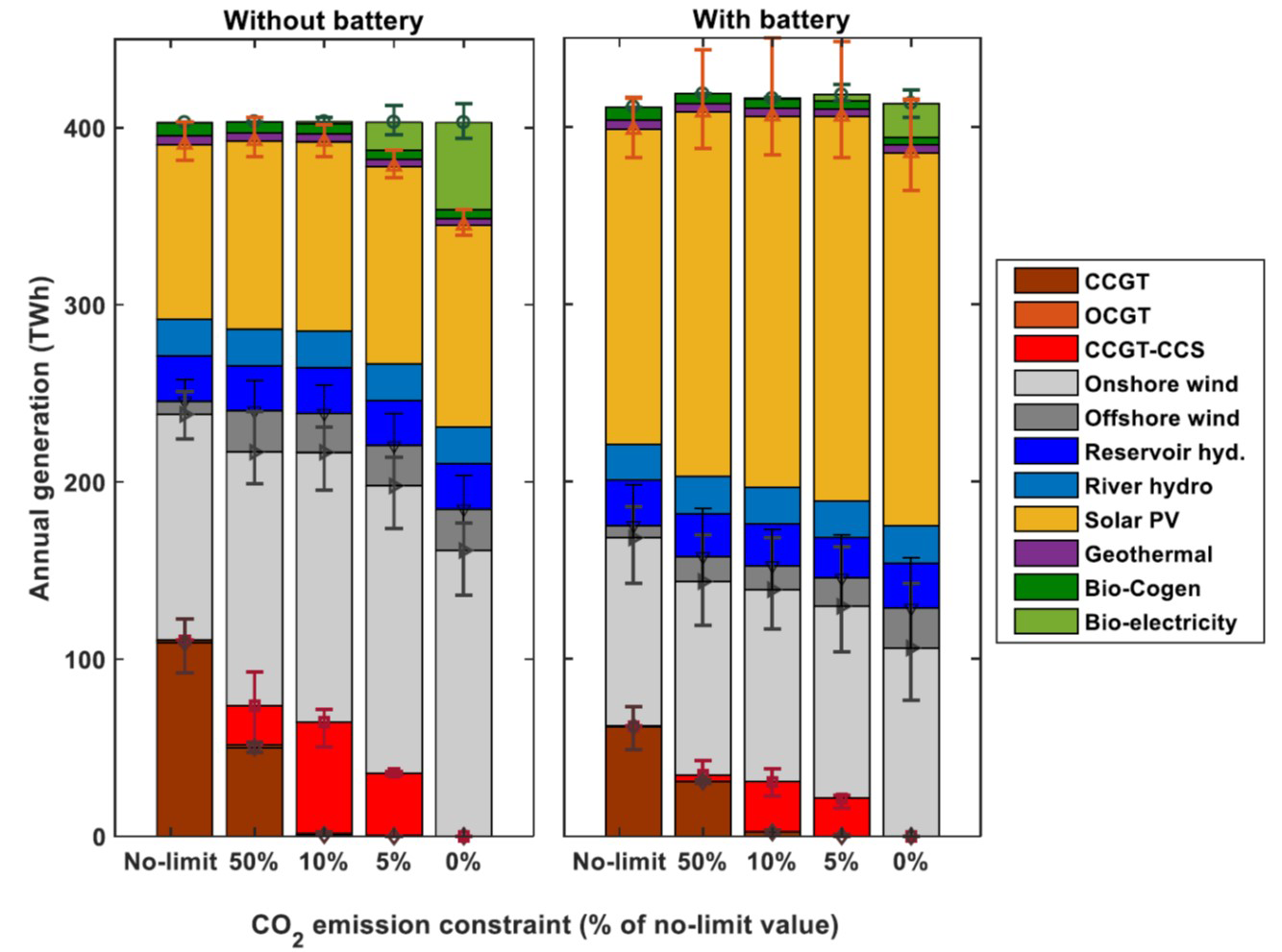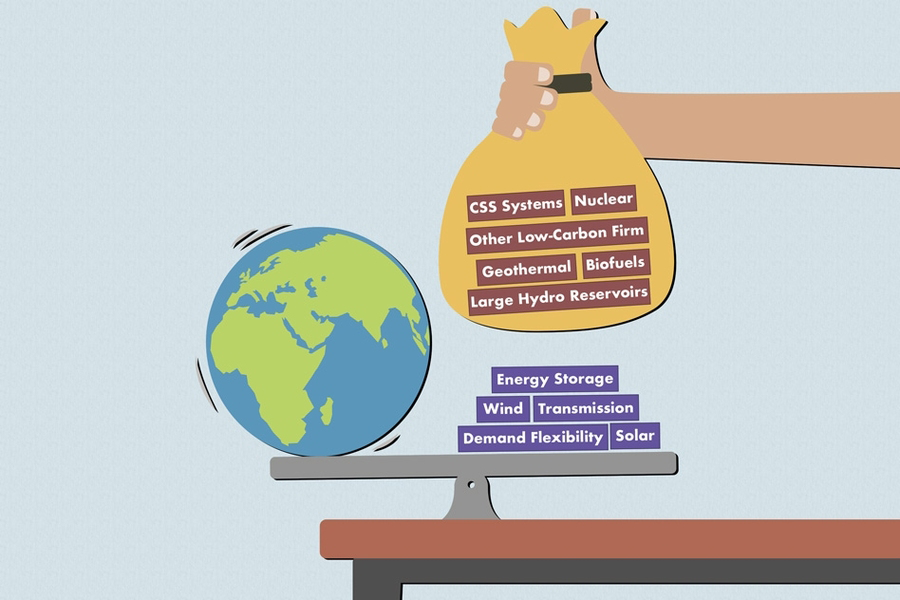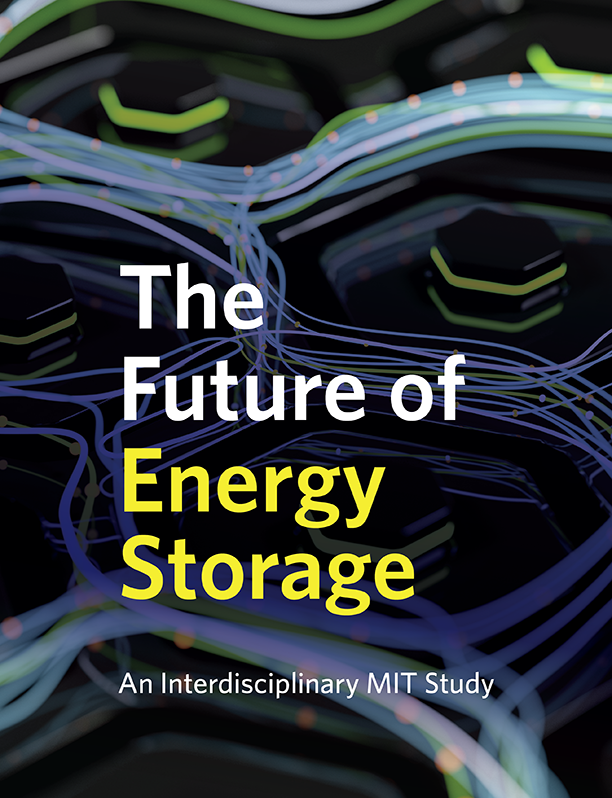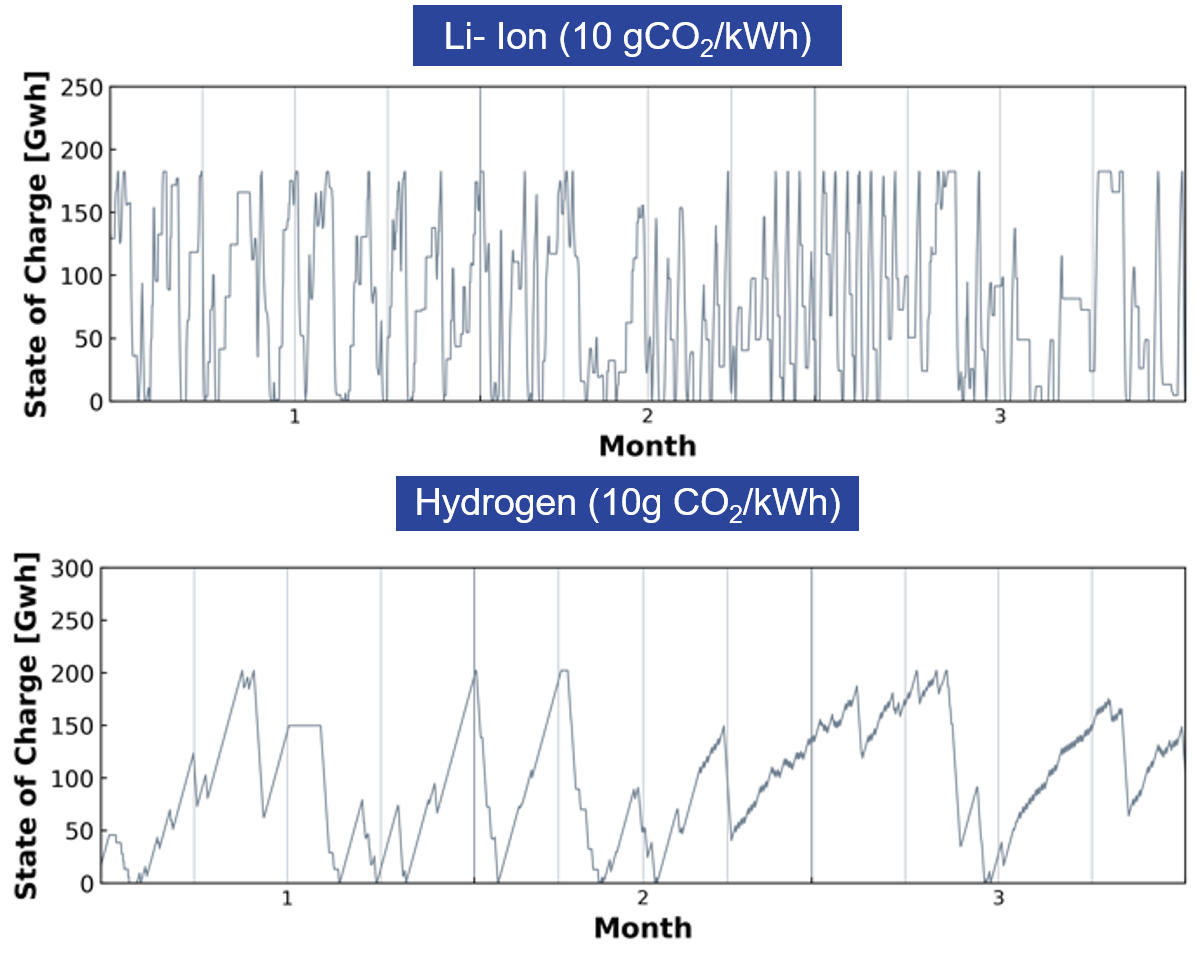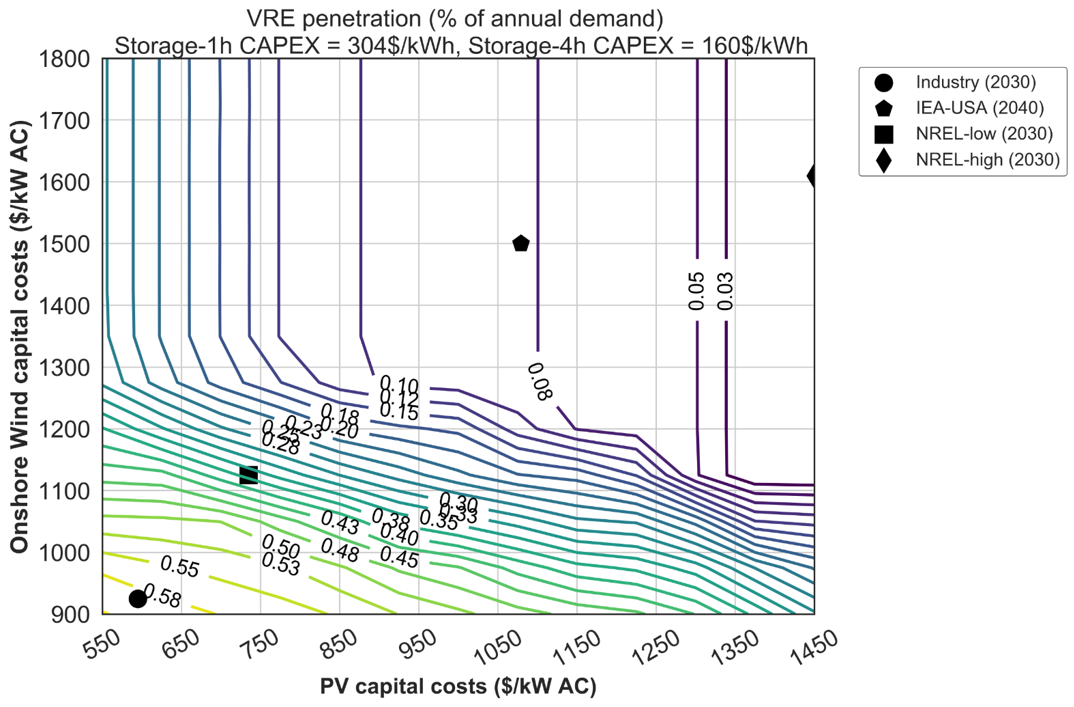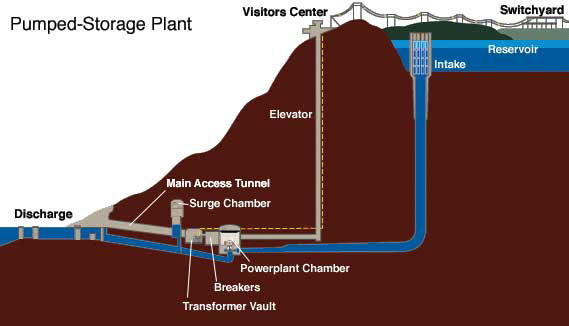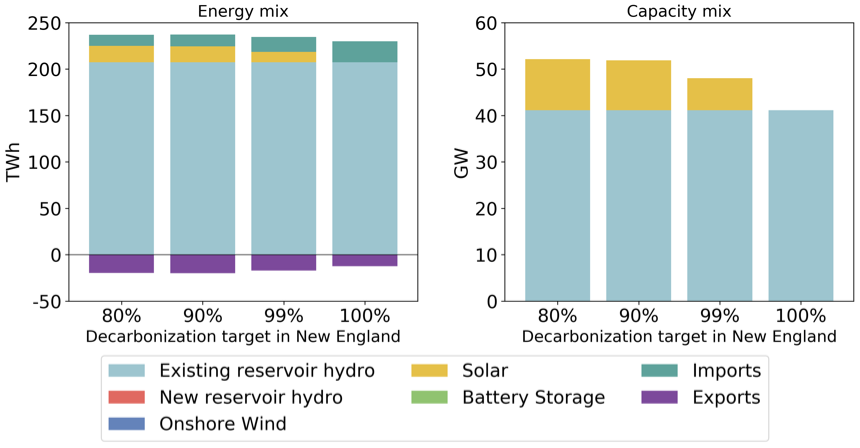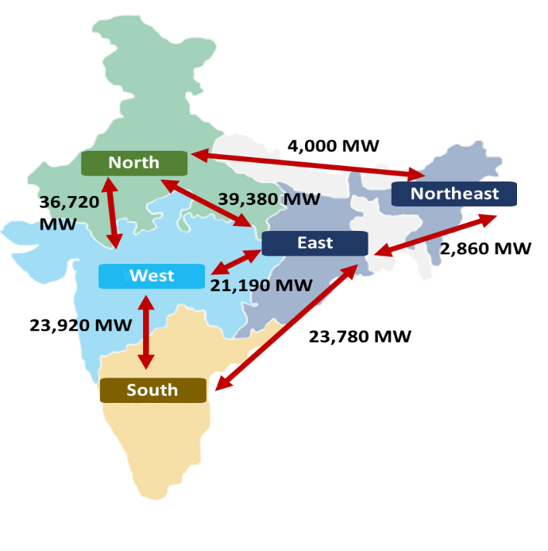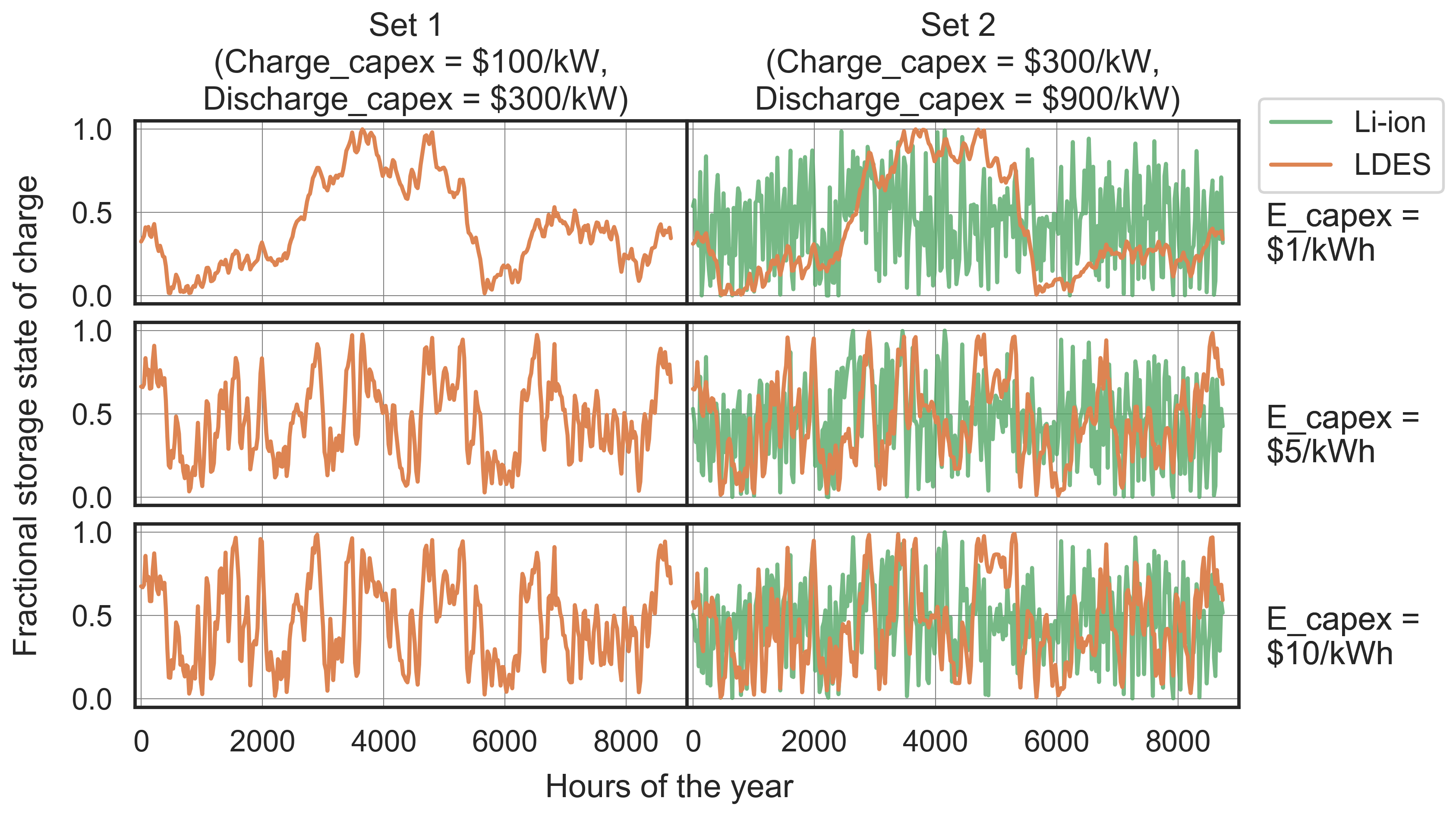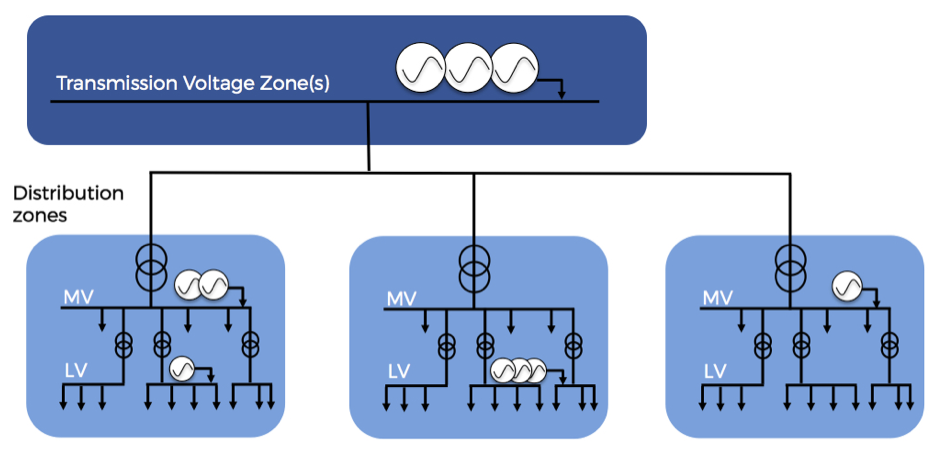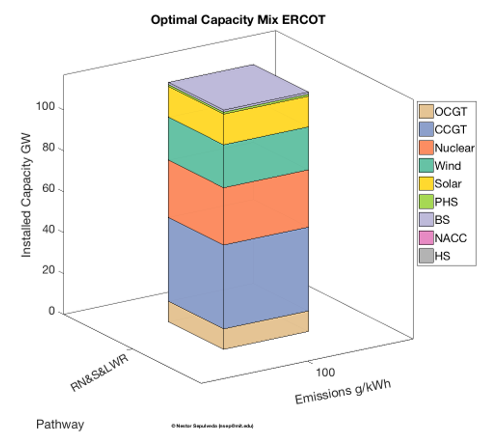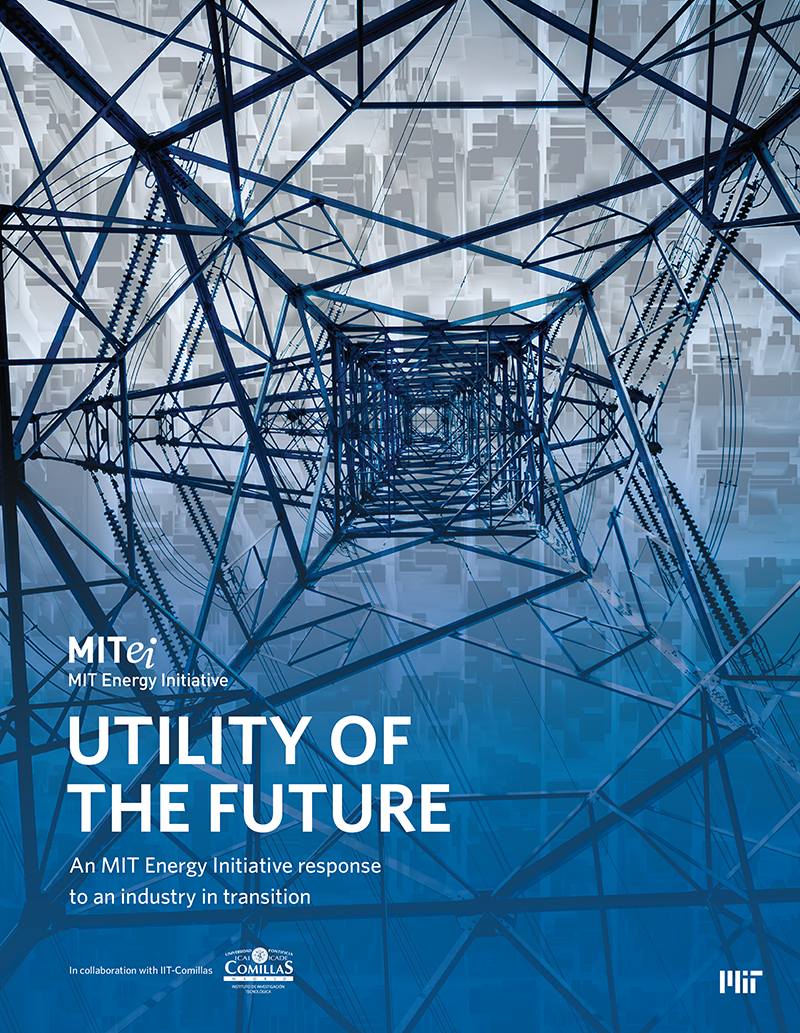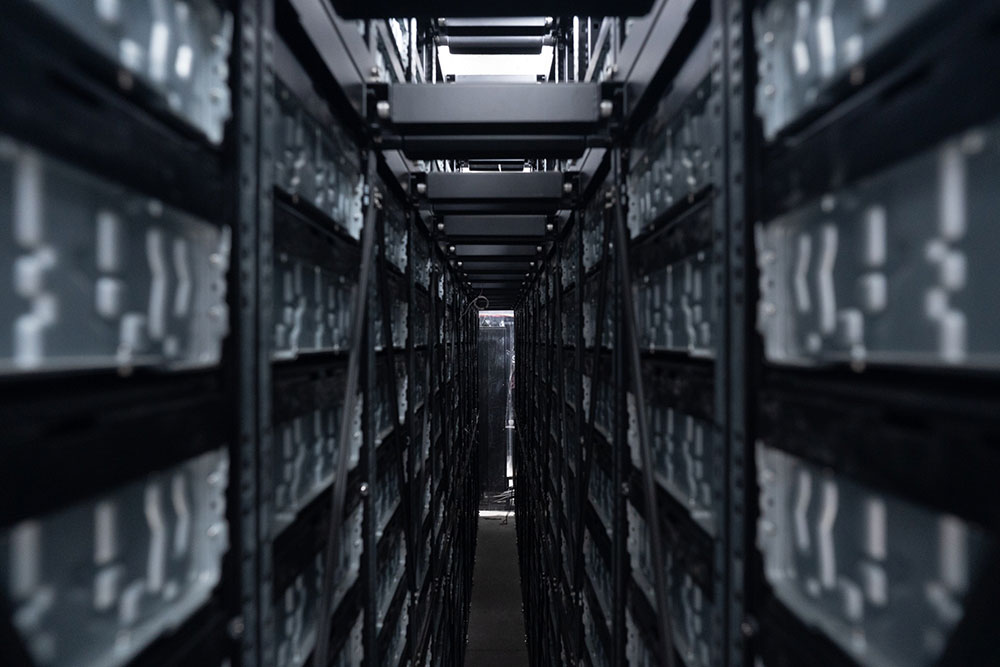The global electricity system is undergoing a
major transformation
In response, researchers at MIT and Princeton have developed GenX, an online tool for investment planning in the power sector.
Sign up to become a beta user:

The electricity sector is transforming
Electricity is central to national and global efforts to reduce carbon emissions. This sector is being reshaped with the deployment of variable renewable energy (VRE), energy storage, and innovative uses for distributed energy resources (DERs). At the same time, electrification of other sectors has the potential to improve energy efficiency overall, while also reshaping patterns of electricity demand and enabling the decarbonization of these end-uses. These changes—many of which may accelerate and deepen in future years—challenge current industrial practice for planning electricity systems.
Central to the planning process are models for making cost-optimal investments to meet future scenarios. Most current modeling workflows are missing aspects of spatial and temporal variability in inputs, operational flexibility, and interactions with other sectors. New tools are needed for the changing electricity landscape, including improved electricity resource capacity planning models.
New tool for electricity system planning
The MIT Energy Initiative and Princeton University's Zero-carbon Energy systems Research and Optimization (ZERO) Lab have developed an open-source tool for investment planning in the power sector, offering improved decision support capabilities for a changing electricity landscape.
GenX, a least-cost optimization model, takes the perspective of a centralized planner to determine the cost-optimal generation portfolio, energy storage, and transmission investments needed to meet a pre-defined system demand, while adhering to various technological and physical grid operation constraints, resource availability limits, and other imposed environmental, market design, and policy constraints.
Highly configurable
- Modular and transparent code structure developed in Julia + JuMP
- Adjustable level of technology operating constraints and advanced technology options
- Linear programming (LP) model or mixed integer linear programming model (MILP)
- Produce energy, capacity, and procured ancillary service prices
- Co-optimize transmission network expansion
- Co-optimize capacity and hourly operations decisions for a full year or representative periods
- Single- or multi-period investment planning
- Can model a range of policies from emissions caps and clean electricity standards to tax incentives
- Easily connect with other power system data pre-processing tools like PowerGenome
- Modeling to generate alternatives to produce diverse range of alternative near-least-cost portfolios
Documentation
Download the code and read the documentation on GitHub: github.com/GenXProject/GenX
Videos
Peer-reviewed publications
What is different about different net-zero carbon electricity systems?
E. Baik, K. P. Chawla, J. D. Jenkins, C. Kolster, N. S. Patankar, A. Olson, S. M. Benson, J. C.S. Long. "What is different about different net-zero carbon electricity systems?" Energy and Climate Change (2021).
The design space for long-duration energy storage in decarbonized power systems
N. A. Sepulveda, J. D. Jenkins, A. Edington, D. S. Mallapragada, R. K. Lester. "The design space for long-duration energy storage in decarbonized power systems." Nature Energy (2021).
Role of hydrogen in a low-carbon electric power system: A case study
M. Schulthoff, I. Rudnick, A. Bose, E. Gençer. "Role of hydrogen in a low-carbon electric power system: A case study." Frontiers in Energy Research, 8 (2021): 585461.
An electricity triangle for energy transition: Application to Italy
E. Bompard, A. Botterud, S. Corgnati, T. Huang, M. Jafari, P. Leone, S. Mauro, G. Montesano, C. Papa, F. Profumo. "An electricity triangle for energy transition: Application to Italy." Applied Energy 277 (2020): 115525.
Long-run system value of battery energy storage in future grids with increasing wind and solar generation
D. S. Mallapragada, N. A. Sepulveda, J. D. Jenkins. "Long-run system value of battery energy storage in future grids with increasing wind and solar generation." Applied Energy 275 (2020): 115390.
Power system decarbonization: Impacts of energy storage duration and interannual renewables variability
M. Jafari, M. Korpås, A. Botterud. "Power system decarbonization: Impacts of energy storage duration and interannual renewables variability." Renewable Energy 156 (2020): 1171-1185.
The role of firm low-carbon electricity resources in deep decarbonization of power generation
N. A. Sepulveda, J. D. Jenkins, F. J. de Sisternes, R. K. Lester. "The role of firm low-carbon electricity resources in deep decarbonization of power generation." Joule 2, no. 11 (2018): 2403-2420.
Reports, theses, and working papers
The Future of Energy Storage (2022)
Utility of the Future (2016)
Contributors
Sambuddha Chakrabarti
Jack Morris
Neha Patankar
Aaron Schwartz
Qingyu Xu
